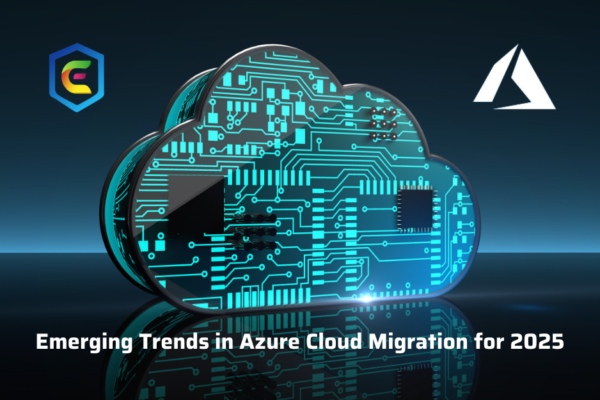
As businesses continue to embrace digital transformation, cloud migration remains a top priority. Microsoft Azure, a leader in cloud computing, is evolving rapidly to accommodate new technologies and trends. In 2025, several emerging trends are set to redefine how organizations migrate to Azure. Here’s a closer look at the key developments shaping Azure cloud migration.
AI-Driven Migration Strategies
Artificial intelligence (AI) and machine learning (ML) are playing an increasingly critical role in cloud migration. Azure Migrate now integrates AI-powered automation to assess on-premises workloads, suggest optimal migration strategies, and predict potential issues before they arise. This results in faster and more efficient migration with minimal downtime.
Hybrid and Multi-Cloud Adoption
While many organizations aim to move fully to the cloud, hybrid and multi-cloud strategies are gaining momentum. Businesses are leveraging Azure Arc to manage workloads across multiple cloud platforms, ensuring seamless integration between on-premises data centers and the cloud. This flexibility enables companies to optimize costs and maintain compliance with industry regulations.
Zero Trust Security Model in Cloud Migration
Security is a major concern in cloud migration, and the Zero Trust model is becoming the gold standard. Azure provides built-in security features, such as Microsoft Defender for Cloud, to enforce Zero Trust principles. Businesses are increasingly adopting multi-layered security approaches, including identity and access management (IAM), micro-segmentation, and real-time threat detection, to safeguard cloud environments.
Serverless Computing and Containerization
Serverless computing and containerization are simplifying cloud migration by eliminating the need for complex infrastructure management. Azure Kubernetes Service (AKS) and Azure Functions allow businesses to migrate applications without rearchitecting them entirely. This trend is particularly beneficial for organizations looking to enhance scalability and reduce operational costs.
Sustainability and Green Cloud Computing
Environmental concerns are shaping cloud migration decisions. Azure is committed to sustainability with initiatives like carbon-neutral cloud computing and energy-efficient data centers. Organizations migrating to Azure in 2025 will prioritize green cloud strategies, such as optimizing workloads for energy efficiency and leveraging Azure’s sustainability tools to track carbon footprints.
Cost Optimization with FinOps
Cloud cost management is more critical than ever, leading to the rise of Financial Operations (FinOps). Azure provides cost analysis tools to help businesses optimize their cloud spend. In 2025, organizations will leverage Azure Cost Management and third-party FinOps solutions to track cloud usage, eliminate waste, and ensure cost-effective migration strategies.
Edge Computing Integration
Edge computing is expanding the possibilities of cloud migration. Azure IoT and Azure Stack Edge enable real-time data processing closer to the source, reducing latency and improving performance. Industries such as healthcare, manufacturing, and retail are expected to adopt edge computing to enhance their cloud migration strategies.
Businesses looking to migrate to Azure must stay ahead of these trends to maximize efficiency, security, and performance in the cloud. By leveraging Microsoft Azure’s latest innovations, organizations can ensure a seamless and future-ready migration journey